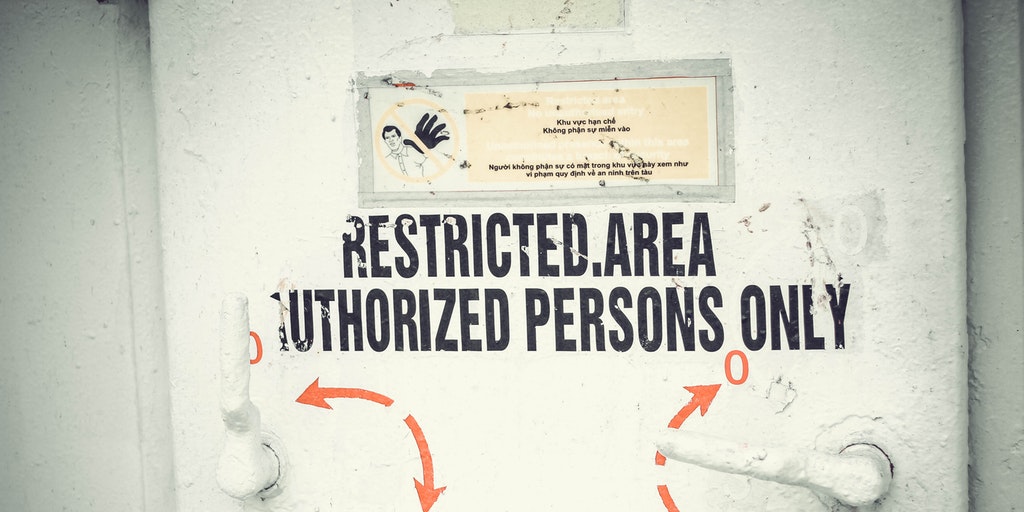Scary and Dangerous Things in SQL Server
Some things are scary. Other things are dangerous. And in SQL Server, you can have both scary and dangerous at the same time. Scary, that we can deal with. But dangerous, particularly things that are deceptively dangerous, is bad. Scary things Let’s start with scary. Some things give us pause. We see them, think about…
Read more












Recent Comments